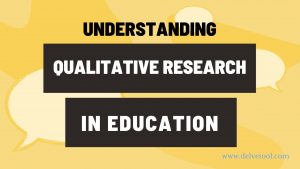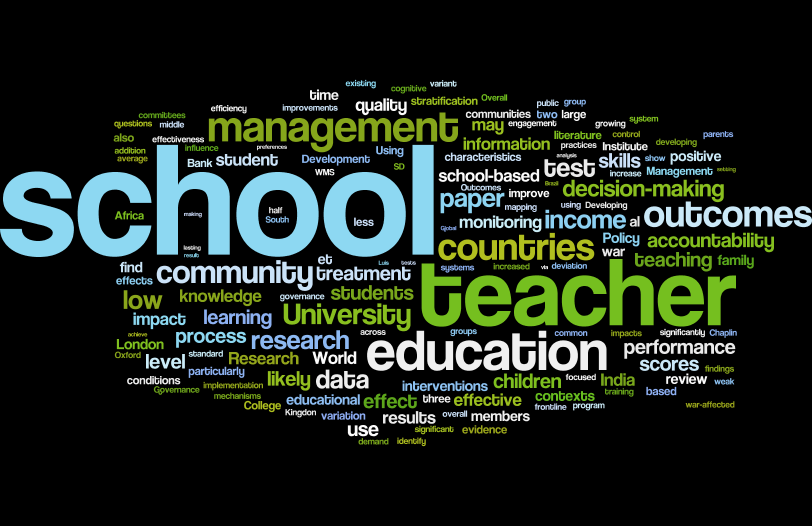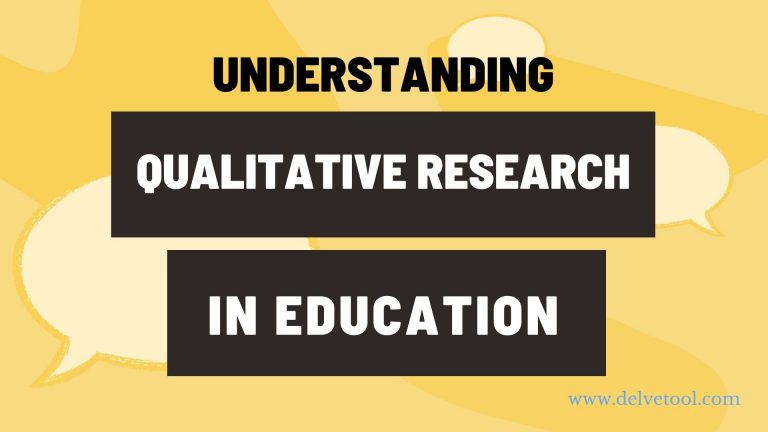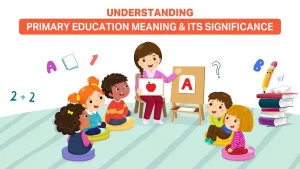Education is a fundamental human right and a cornerstone of societal progress. It shapes individuals, communities, and nations. The structure and philosophy of educational systems vary widely across different countries, reflecting cultural, historical, and economic factors.
Key Components of Educational Systems
A typical educational system comprises several key components:
- Early Childhood Education: This stage focuses on early childhood development, often through preschools and kindergartens.
- Primary Education: This stage provides foundational education in basic subjects like reading, writing, and arithmetic.
- Secondary Education: This stage builds upon primary education, offering a broader curriculum that includes subjects like science, history, and foreign languages.
- Tertiary Education: This stage involves higher education, including universities and colleges. It offers specialized programs in various disciplines.
Educational Philosophies
Different countries and cultures have adopted various educational philosophies:
- Teacher-Centered Learning: This traditional approach emphasizes the role of the teacher as the primary source of knowledge.
- Student-Centered Learning: This approach focuses on the active participation of students in their own learning, encouraging critical thinking and problem-solving skills.
- Constructivism: This philosophy suggests that learners construct knowledge through their own experiences and interactions with the world.
- Behaviorism: This approach emphasizes the role of rewards and punishments in shaping behavior and learning.
Global Trends in Education
The global education landscape is undergoing significant transformation, driven by technological advancements and changing societal needs. Some key trends include:
- Digital Learning: The integration of technology into education, including online learning, e-books, and educational apps.
- Personalized Learning: Tailoring education to the individual needs and learning styles of students.
- Lifelong Learning: Encouraging continuous learning throughout one’s life.
- Global Citizenship Education: Promoting intercultural understanding and global awareness.
- STEM Education: Focusing on science, technology, engineering, and mathematics to prepare students for the future.
Challenges and Opportunities
While education has the power to transform lives, it also faces numerous challenges, such as:
- Inequality: Unequal access to quality education, particularly in developing countries.
- Teacher Quality: Ensuring that teachers are well-trained and motivated.
- Curriculum Relevance: Keeping curricula up-to-date and relevant to the needs of the 21st century.
- Funding: Securing adequate funding for education.
Despite these challenges, education remains a powerful tool for social and economic development. By investing in education, countries can create a more skilled workforce, reduce poverty, and improve overall quality of life.
Would you like to delve deeper into a specific aspect of education, such as early childhood education, higher education, or educational technology?










+ There are no comments
Add yours